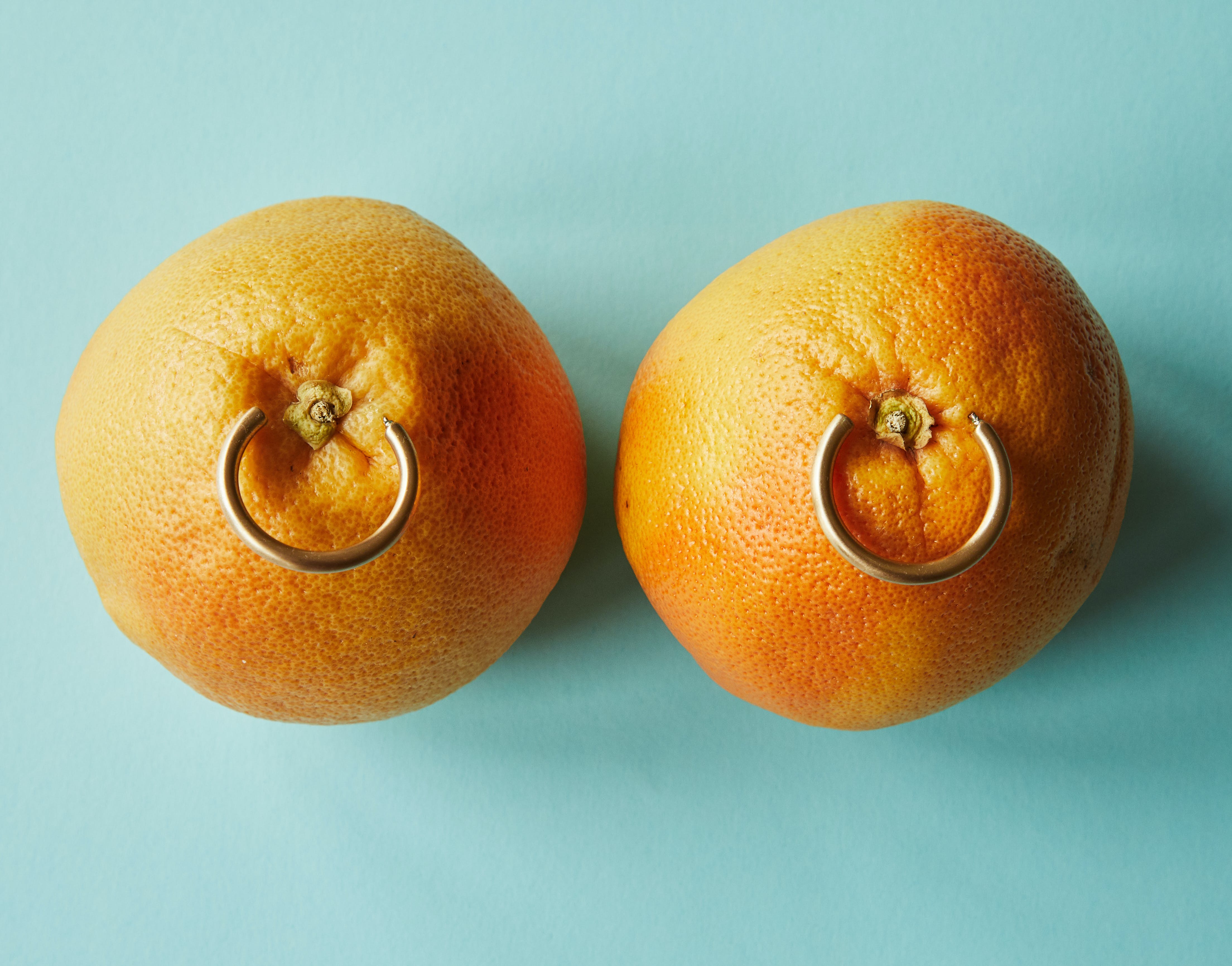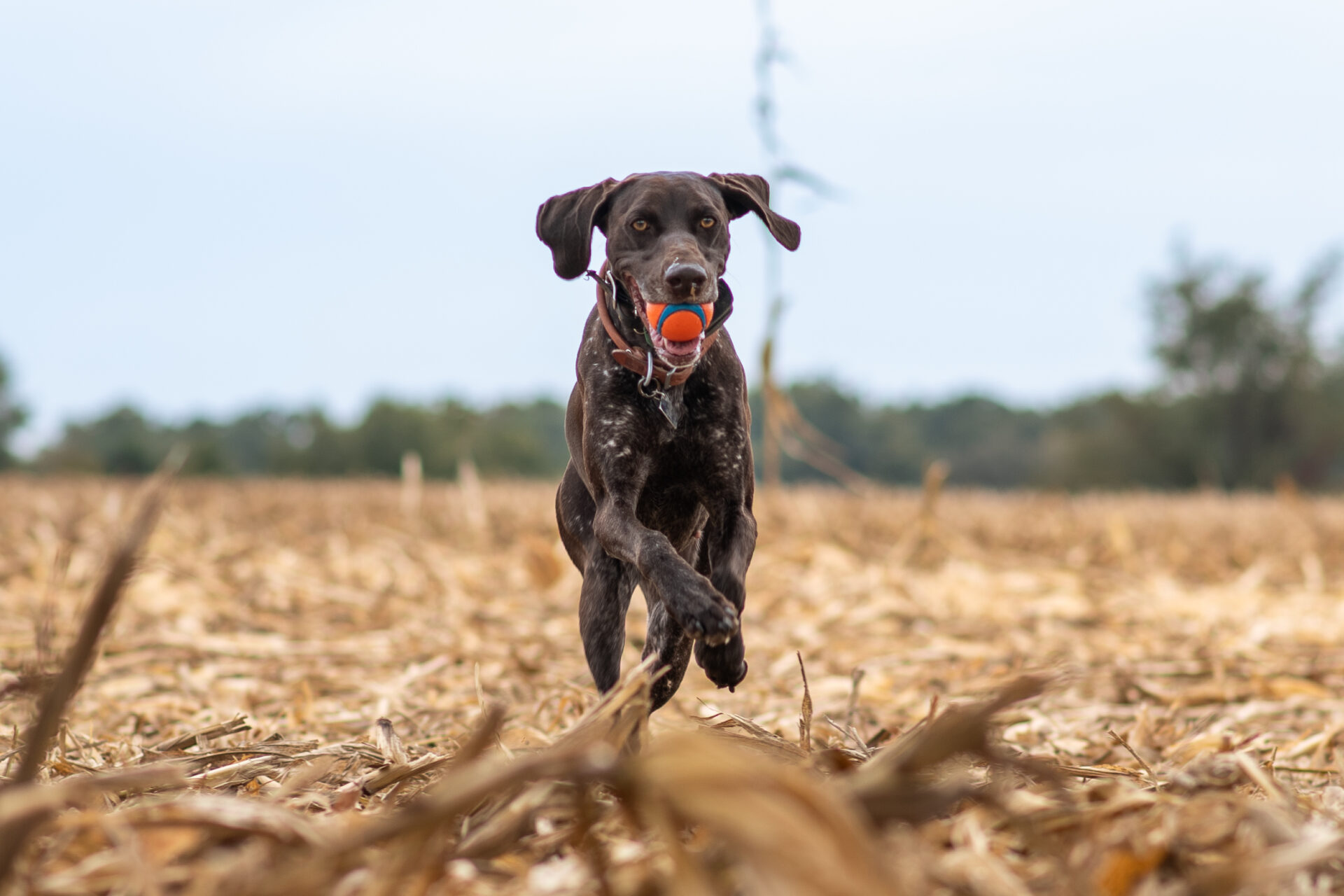Surface Interactions: How They Affect Bouncing
Did you know that even the seemingly simple act of bouncing involves complex surface interactions? When an object such as a ball or even a drop of water hits a surface, it sets off a series of fascinating reactions that determine the trajectory and intensity of the bounce. These interactions are influenced by various factors, including the composition and texture of the surface, as well as the physical properties of the object in motion. Understanding these intricacies can help us better comprehend the physics behind bouncing and its applications in fields such as sports, materials science, and engineering.
One fascinating aspect of surface interactions is how they affect the energy transfer during bouncing. When a ball hits a surface, it compresses and deforms momentarily, storing potential energy. As the ball rebounds, this stored energy is converted into kinetic energy, propelling it back into the air. The efficiency of this energy transfer is influenced by factors such as the elasticity of the surface material and the speed and angle at which the ball strikes the surface. Additionally, the surface texture plays a crucial role in determining the coefficient of friction, which affects the bounce. A smooth surface may allow for a higher bounce, while a rough surface can cause the ball to lose more energy during impact. These intricate dynamics between the bouncing object and the surface it interacts with create a fascinating interplay that lies at the heart of the bouncing phenomenon.
In the upcoming sections, we will delve deeper into the key takeaways related to surface interactions and their impact on bouncing. We will explore the effect of surface composition, covering materials such as rubber, wood, and synthetic polymers. Additionally, we will discuss how surface texture influences bouncing and examine intriguing case studies where understanding these interactions has led to groundbreaking advancements. Join us on this journey of unraveling the intricacies of surface interactions and discover the hidden forces that shape the world of bouncing.
Key Takeaways
1. Different surfaces have varying effects on the bouncing of objects, with factors such as material properties, texture, and temperature playing significant roles.
2. Surface tension affects how objects bounce on liquid surfaces, causing the objects to sink into the liquid or experience decreased bounce heights.
3. Surface roughness is crucial in determining the energy transfer during bouncing, with rougher surfaces leading to greater energy dissipation and decreased bounce heights.
4. Surface temperature influences the bounce of objects, as warmer surfaces can decrease the contact time and decrease the energy transferred during impact, resulting in reduced bounce heights.
5. Surface interactions also affect the spin of bouncing objects, with certain surfaces imposing rotational friction that influences the angular velocity and stability of the objects upon impact.
How do surface interactions impact the bouncing of objects?
Factors Affecting Bouncing
When it comes to the bouncing of objects, surface interactions play a crucial role. There are several factors that come into play, influencing the rebounding behavior of objects. Let’s dive deep into the various aspects of surface interactions and how they affect bouncing.
Elasticity of the Surfaces
The elasticity of the surfaces involved is a fundamental factor that influences the bouncing of objects. When a highly elastic surface is involved, such as a rubber ball bouncing on a hard floor, the object is more likely to rebound with a greater velocity. On the other hand, if the surface is less elastic, like a soft carpet, the bouncing ability decreases as energy is dissipated.
Roughness of the Surfaces
The roughness of the interacting surfaces also affects how objects bounce. Rough surfaces can increase the friction between the object and the surface, resulting in a reduced bouncing effect. On the contrary, smooth surfaces minimize the friction, allowing for better rebounds.
Angle of Impact
The angle at which an object strikes the surface has a significant impact on its bouncing behavior. At steeper angles, the energy of the initial impact is distributed over a larger area, causing a decreased rebound. Conversely, when the object hits the surface at a flatter angle, the energy is more concentrated, leading to a higher bouncing effect.
Surface Temperature
Surface temperature also plays a role in determining the bouncing characteristics. When the temperature is high, surfaces tend to become softer and more malleable, resulting in reduced bouncing as energy is absorbed. Conversely, lower temperatures can make surfaces harder, enhancing bouncing efficiency as less energy is lost.
Surface Composition
The composition of the interacting surfaces affects how objects bounce. Different materials, such as wood, metal, or rubber, have distinct properties that influence the rebounding ability. For example, rubber surfaces tend to be more elastic, enabling objects to bounce higher compared to rigid metal surfaces.
Effect of Air Resistance
Air resistance can also impact the bouncing of objects, especially when it comes to lighter and less dense objects. Objects that are lighter experience more air resistance, hindering their ability to bounce higher. In contrast, denser objects can overcome air resistance more effectively, resulting in better bouncing performance.
Tips for Maximizing Bouncing Efficiency
Now that we understand the essential aspects of surface interactions and their influence on bouncing, let’s explore some tips to maximize bouncing efficiency:
- Choose highly elastic surfaces for better rebounding capabilities.
- Ensure the interacting surfaces are smooth to minimize friction and enhance bouncing.
- Strike the surface at flatter angles to concentrate the impact energy and achieve higher bounces.
- Consider temperature conditions; colder surfaces promote better bouncing performance.
- Opt for materials with higher elasticity for improved rebounding (e.g., rubber).
- Minimize air resistance by selecting denser objects for increased bouncing efficiency.
- Experiment with different surface variations to find the optimal combination for specific objects.
- Regularly clean and maintain surfaces to preserve their bouncing characteristics.
By following these tips, you can effectively utilize surface interactions to enhance the bouncing capabilities of objects, whether it’s for sports, recreational activities, or scientific investigations.
Frequently Asked Questions
1. What is surface interaction?
Surface interaction refers to the way an object interacts with the surface it bounces on. It includes factors such as friction, elasticity, and surface texture.
2. How does surface texture affect bouncing?
The texture of a surface can affect the amount of friction between the bouncing object and the surface. A rough surface provides more grip, leading to a decrease in bouncing height and a shorter rebound time.
3. Does the material of the surface make a difference in bouncing?
Yes, the material of the surface plays a significant role in bouncing. Different materials have different levels of elasticity, which affects how much energy is absorbed or transferred during a bounce.
4. Can a smooth surface increase bouncing height?
Yes, a smooth surface can increase bouncing height. Smooth surfaces provide less friction, allowing the object to bounce higher and rebound faster.
5. How does the angle of impact affect bouncing?
The angle of impact determines the direction in which the object bounces. A steeper angle of impact leads to a sharper bounce, while a shallow angle may result in a less pronounced bounce.
6. How does temperature affect surface interactions and bouncing?
Temperature can affect surface interactions by altering the elasticity of the materials involved. As temperature increases, materials tend to become more elastic, leading to greater energy transfer during a bounce.
7. Why do some objects bounce higher than others on the same surface?
The bouncing height of an object depends on several factors, such as its mass, shape, and elasticity. Objects with greater elasticity and lower mass tend to bounce higher than objects with less elasticity and higher mass.
8. Can surface interactions be used to improve sports equipment?
Yes, understanding surface interactions can help in designing sports equipment that enhances performance. By optimizing surface textures and materials, equipment manufacturers can improve bouncing characteristics and overall gameplay.
9. Can surface interactions affect the lifespan of bouncing objects?
Yes, surface interactions can affect the lifespan of bouncing objects. Repeated bouncing on certain surfaces can cause wear and tear, leading to a decrease in both the object’s bouncing performance and durability.
10. How does air pressure influence bouncing on different surfaces?
Air pressure affects bouncing by impacting the internal pressure of the bouncing object. Higher air pressure leads to increased internal pressure, resulting in a more energetic bounce, while lower air pressure reduces the object’s bounce height.
Final Thoughts
Surface interactions play a crucial role in determining the behavior of bouncing objects. Understanding how different surfaces, textures, and materials affect bouncing can help in various areas such as sports, engineering, and product design. By considering surface interactions, we can optimize bounces for more accuracy, efficiency, and durability.
Exploring and studying surface interactions not only allows us to unlock the science behind bouncing but also opens up possibilities for innovation. Whether it’s developing better sports equipment, improving shock-absorbing materials, or creating more efficient rebounding mechanisms, surface interactions provide valuable insights into enhancing performance and creating new solutions. So, next time you witness a bouncing object, take a moment to appreciate the complex interplay between surfaces and how it influences the fascinating world of bouncing.




